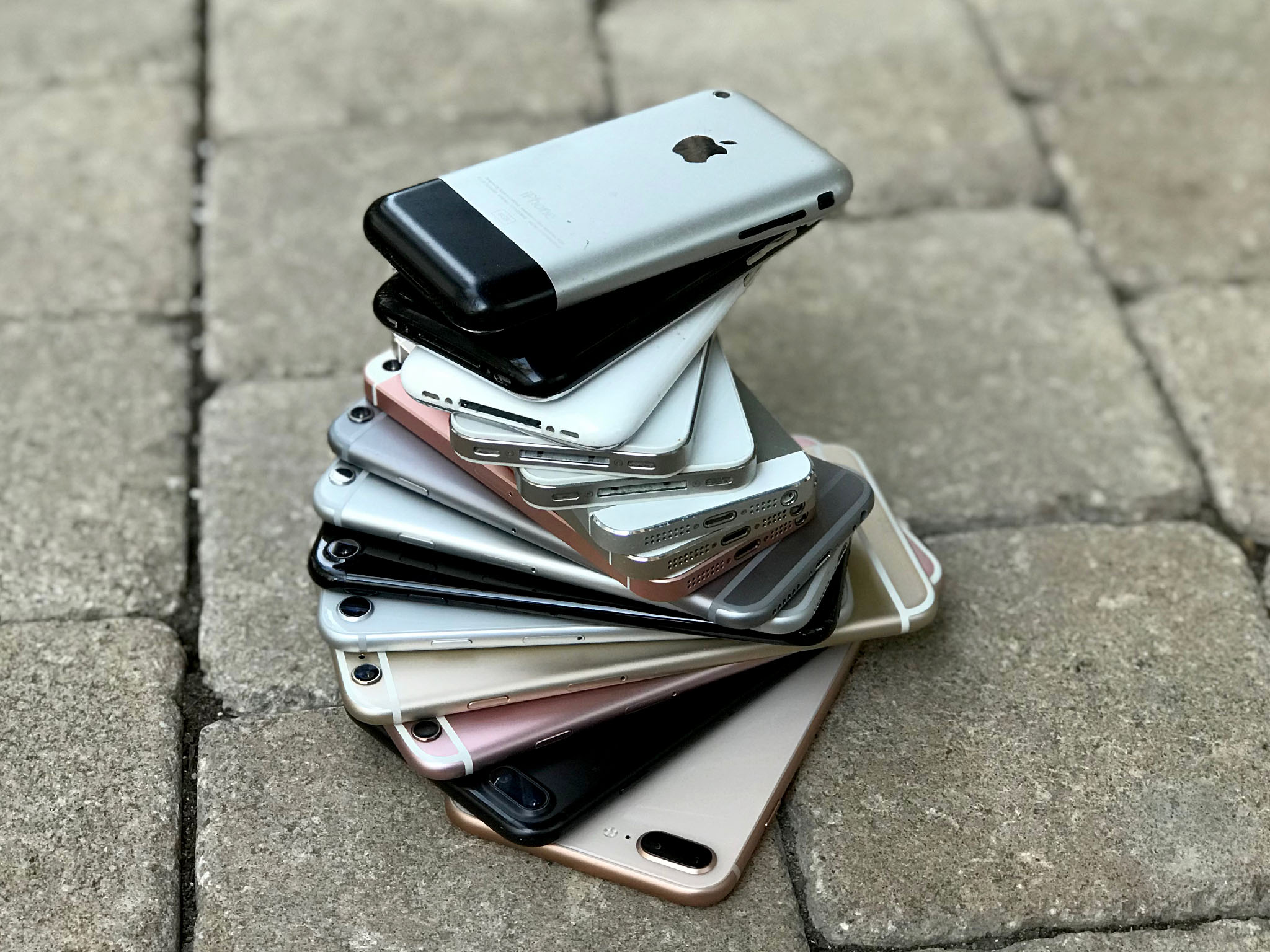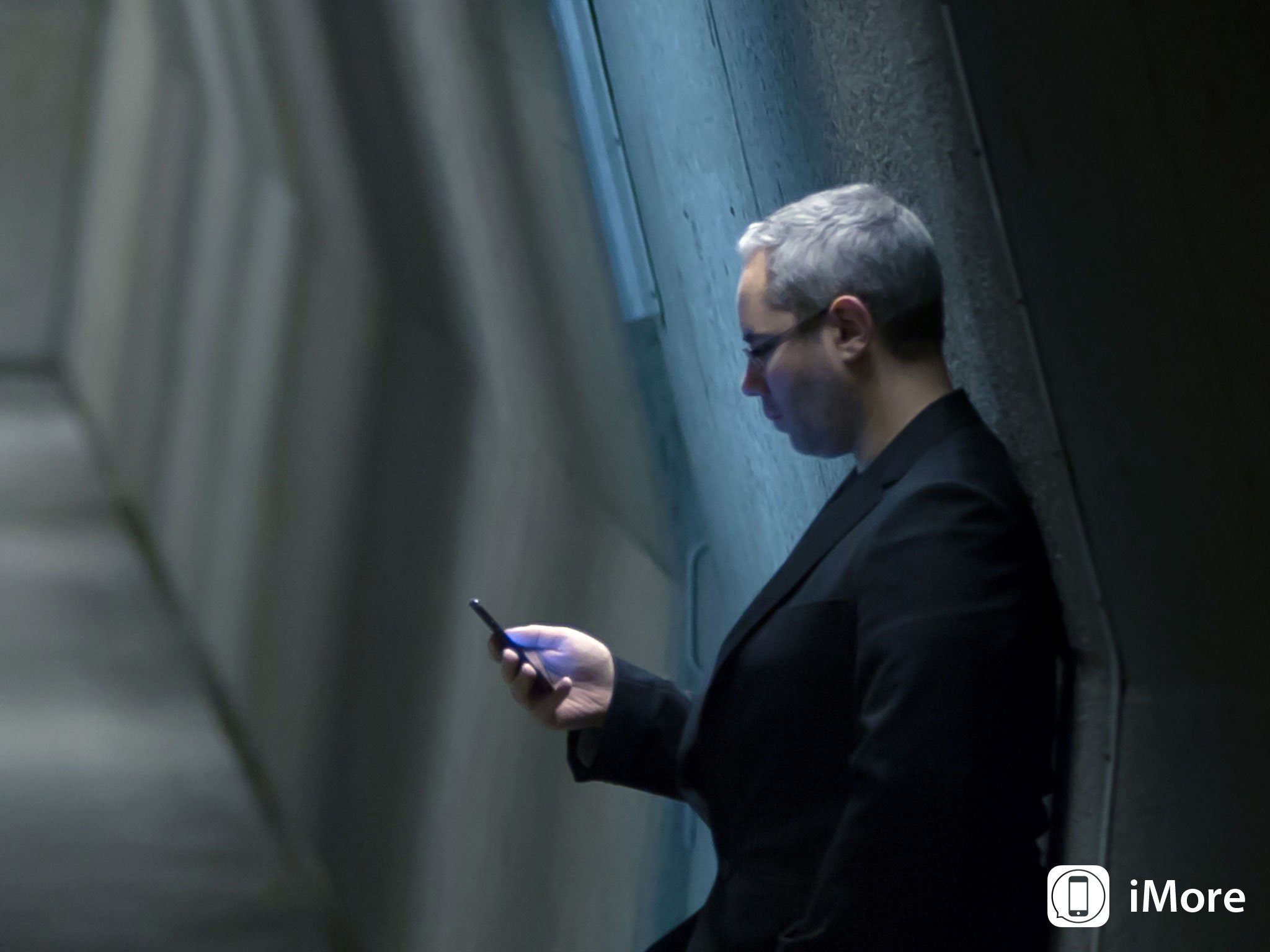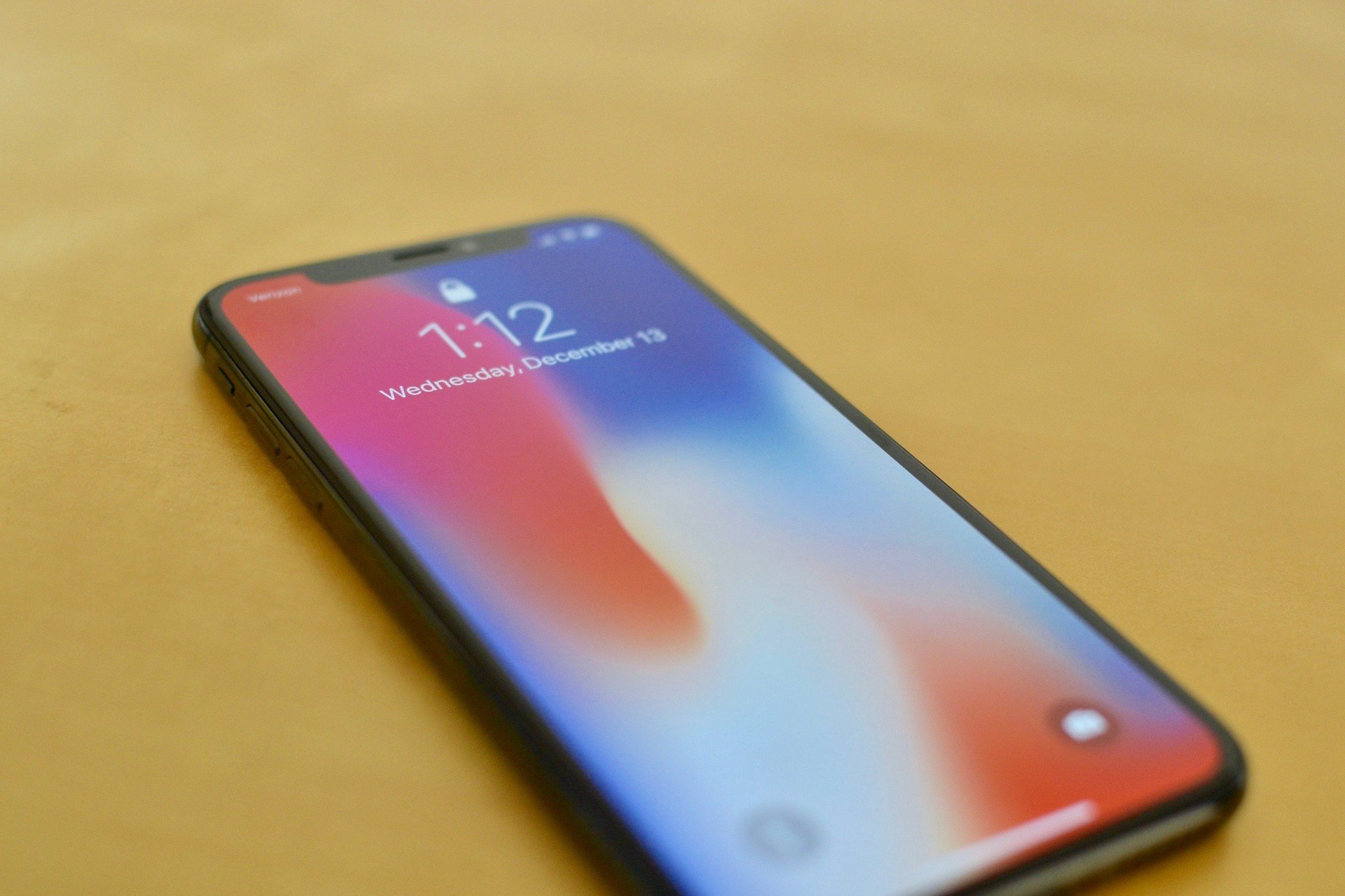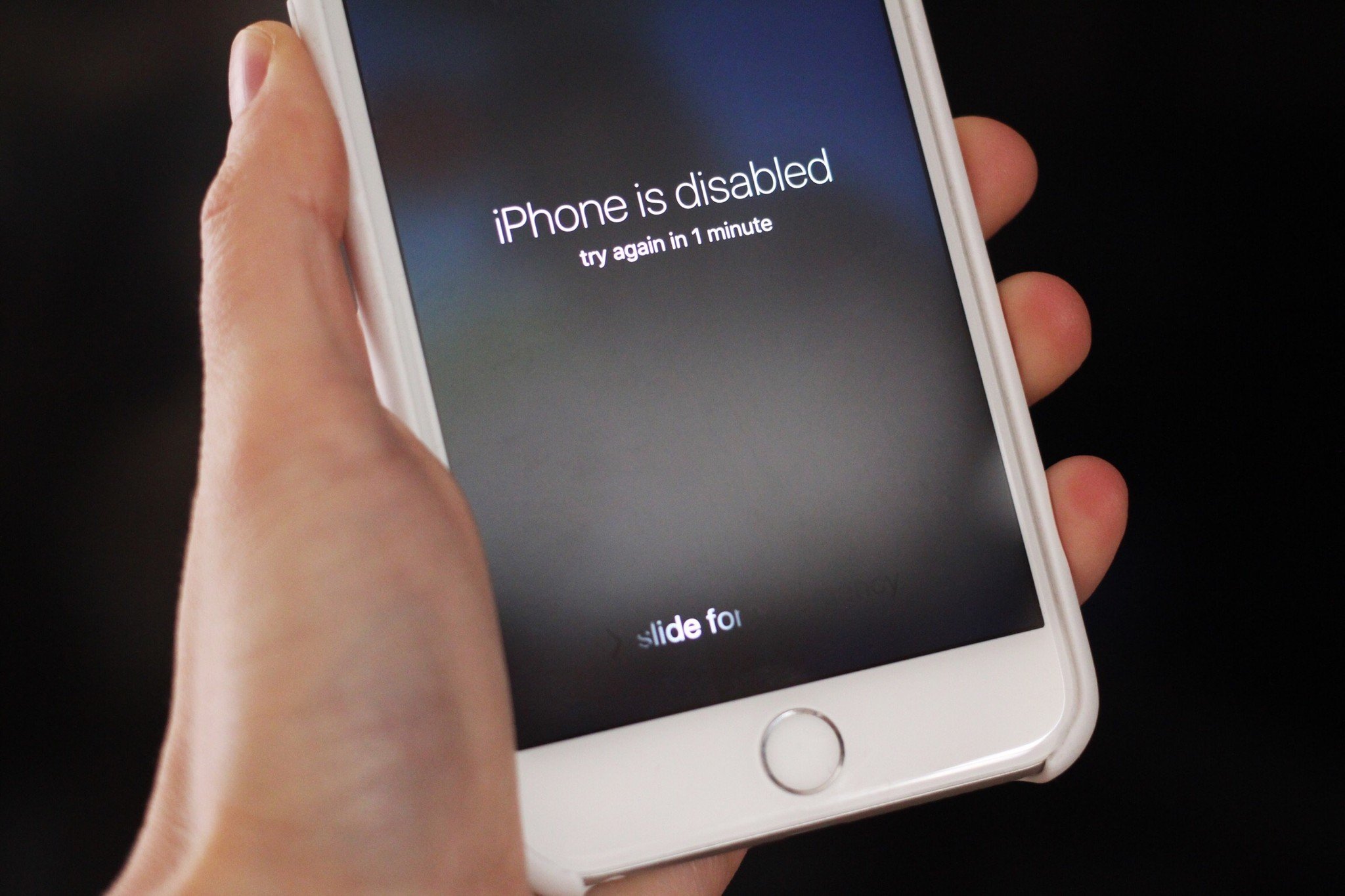
I've seen this a number of times; A person buys an iPhone from Craigslist or eBay for super cheap, everything works fine at first, but then something starts to go wonky, like the new owner can't sign out of iCloud or can't turn off Find My iPhone or even reset the device. If you've purchased a stolen device, there's a very good chance that, eventually, you'll come across something that you can't make changes to, which could end up making your device nothing more than an expensive paperweight.
To make sure the seller isn't knowingly (or accidentally) selling you stolen goods, you should "run the numbers" or check an official database to see if it's been reported as stolen first. Here's what you need to do.
- Why it's important not to buy stolen Apple products
- How to check to see if a device is stolen before you buy it
- What to do if you've already bought a stolen device
If you're in the market to sell your iPhone, check out our comprehensive guide.

Why it's important not to buy stolen Apple products

Aside from the moral dilemma of knowing you own a stolen device, there are a few reasons why having a stolen iPhone is a bad idea.
Apple has a number of safety features to protect our data and privacy in the form of Find My iPhone, Apple IDs, passcodes, remote wiping of data, and more. There are some settings on an iPhone or iPad that are completely inaccessible without the right login credentials, passcode, or recovery key. Some things are locked down to anyone without the proper verification.
Things, like resetting a device, restoring from a backup, and changing admin settings, can become a real problem if you're using something that someone else owned and didn't properly erase their own existence from before you got your hands on it.
Master your iPhone in minutes
iMore offers spot-on advice and guidance from our team of experts, with decades of Apple device experience to lean on. Learn more with iMore!
Buying a stolen phone, in general, comes with its own set of problems that have to do with the victim contacting their carrier to report it lost or stolen. When that happens, the device gets added to a universal "blacklist," which all of the major carriers have access to and can then flag the phone so it can't be used with their services.
How to check to see if a device is stolen before you buy it

If you're looking to buy a used iPhone from an unofficial reseller like eBay or Craigslist, you run the risk of ending up with a stolen piece of property. As a conscientious buyer, you should "run the numbers" to make sure that a device hasn't been reported stolen or blacklisted at cell phone carriers.
Step 1: Get the IMEI
The only way to check to see if a phone has been reported stolen is with its unique device identification number. It's often called IMEI (International Mobile Equipment Identity), but is also known as an ESN (electronic serial number), or MEID (mobile equipment identifier). In some cases, it might be called a UDID (unique device identifier). It's the number that police and carriers use to mark a phone as lost or stolen in their database.
Before you buy an iPhone from an unofficial reseller, ask the seller privately to send you the IMEI. Be very polite and explain why you want the number. It's common procedure for buyers to ask for and sellers to give this information, but if you just send a message saying, "Hey, what's the IMEI?" you're not helping the seller trust that you're not going to try something nefarious with the information.
First, explain to the seller why you want the IMEI, which is that you'd like to make sure that it can be activated with your carrier. You could also mention that you'd like to ensure that it is clear of any blacklisting.
It's probably a good idea to link to one of the services you plan to use to check the IMEI, like CTIA's Stolen Phone Checker or Swappa to show the seller that you've done some research and are just trying to ensure a good transaction.
Sellers: Provide IMEI privately to buyers that seem legit
If you're selling a device on eBay or Craigslist, it's highly likely that someone is going to ask for the IMEI. It's common to ask for it, but you're not required to give it. Most of the time, you should feel comfortable sharing your IMEI privately with the buyer if they seem genuinely interested in buying. It's up to your discretion whether you decide to give this information, though.
If you don't feel comfortable providing your unique device identifier, you can try running the numbers yourself and take a screenshot of most (but not all) of the IMEI numbers blurred out alongside a screenshot of your iPhone's About section with most (but not all) of the IMEI numbers blurred out.
If that's not good enough for the buyer, and you're both in the same area, you could offer to meet them at a carrier store and have the person activate the phone in your presence to confirm that it's a clean device.
Step 2: Run the numbers
Similar to the way buyers would ask for a vehicle identification number (VIN) so they could run the numbers to make sure a car isn't stolen, you can run the IMEI on a phone to check to see if it's been reported stolen. There are a couple of different companies that offer this service.
When you enter the IMEI, if it comes up with information about blacklisting or carrier activation issues, you'll know not to go through with the transaction.
Whenever possible, get visual proof that it's not stolen
It's not always easy, but you could try to get the seller to send you evidence of them unlocking the phone, logging out of iCloud, and turning off Find My iPhone so you can see with your own eyes that the phone is accessible and the person selling it has the correct login credentials. If you live in the same area, be sure to ask the seller, in person, to show you that the device passcode is disabled, that they have signed out of iCloud, and that they have turned off Find My iPhone before you buy it.
If you don't live in the same area, you could ask for a video. If the seller says something like, "I don't remember my password" or "it was my brother's and he died," don't buy the device.

What to do if you've already bought a stolen device

Some people will try to sell a stolen device immediately after lifting it in hopes that it won't be reported as missing or stolen before the transaction goes through. If you do end up with a device that turns out to be stolen, there isn't a whole lot you can do to recoup your losses.
The first thing you should do is turn the device in to your local police and explain the situation. The police may be able to track down and return it to its original owner. It's the right thing to do.
You should also get in touch with whatever bank, credit card company, or financial service you purchased the device using (if you paid cash or check, you're out of luck) to see if you have any kind of buyer protection. Explain your situation. Financial institutions have no responsibility to help you in this case, but its worth a try.
Any questions?
Do you have any questions about how to make sure you're not buying a stolen device? Put them in the comments and we'll help you out.
Lory is a renaissance woman, writing news, reviews, and how-to guides for iMore. She also fancies herself a bit of a rock star in her town and spends too much time reading comic books. If she's not typing away at her keyboard, you can probably find her at Disneyland or watching Star Wars (or both).


